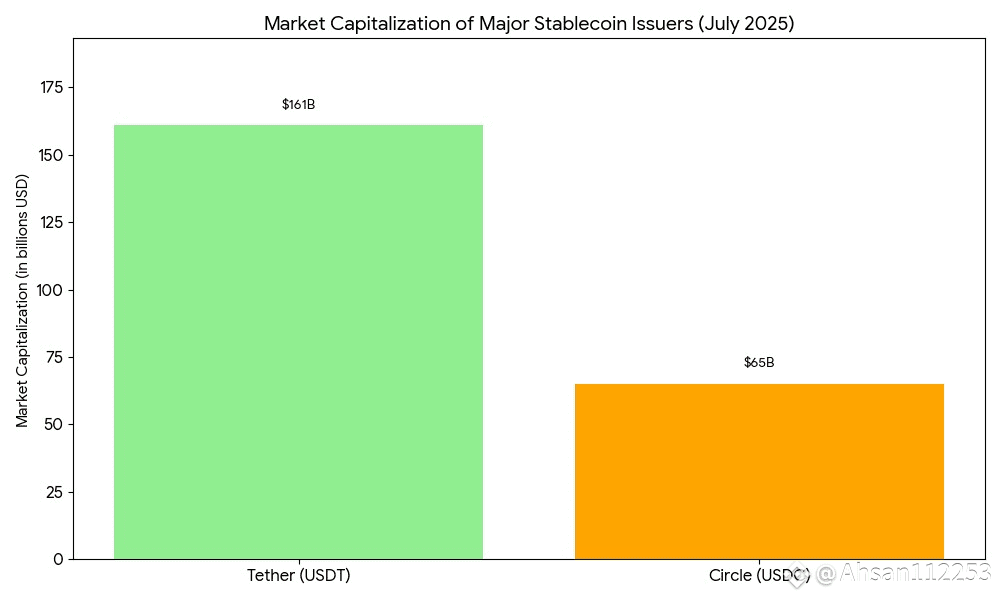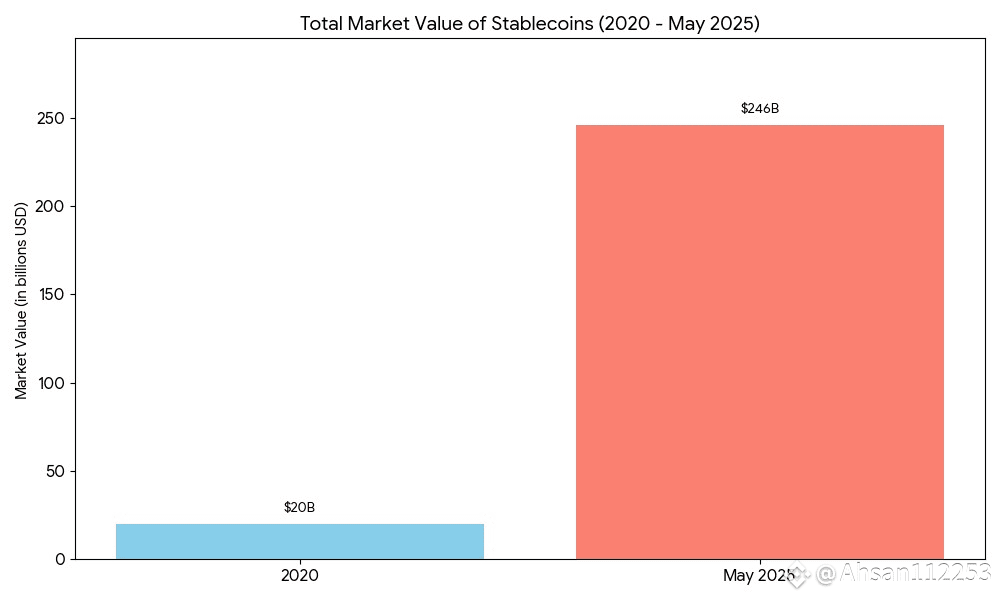The U.S. has recently enacted a significant piece of legislation regarding stablecoins, known as the "Guiding and Establishing National Innovation for US Stablecoins Act," or the GENIUS Act. This law, signed by President Donald Trump, aims to regulate payment stablecoins, enhance consumer protection, and establish a clear framework for this rapidly growing sector of the cryptocurrency market.
Here are the key takeaways from the GENIUS Act:
Regulatory Clarity: The Act provides a comprehensive regulatory framework for dollar-backed stablecoins, defining who can issue them and how they must be backed.
Reserve Requirements: It mandates that stablecoins be backed 1:1 by high-quality, liquid assets, such as U.S. dollars or short-term Treasury bills.
Transparency and Disclosure: Issuers are required to publicly disclose the composition of their reserves on a monthly basis and establish clear redemption policies for converting stablecoins back to fiat currency.
Consumer Protection: The law includes provisions to protect consumers, such as prohibiting misleading claims that stablecoins are government-backed or federally insured. It also bans members of Congress and their families from profiting from stablecoins, though this exclusion does not apply to the President or their family.
Combating Illicit Activity: The Act strengthens the Treasury Department's ability to combat money laundering and sanctions evasion by requiring stablecoin issuers to comply with anti-money laundering laws and possess the technical capability to freeze or seize stablecoins when legally required.
Market Growth and US Dollar Dominance: The law is expected to drive significant growth in the stablecoin market, with projections indicating a potential increase from over $260 billion in 2025 to $2 trillion by 2028. This growth is also seen as a way to bolster the US dollar's status as the global reserve currency.
Issuance Restrictions: Only approved US-based "permitted payment stablecoin issuers" (which include bank subsidiaries, federally approved nonbanks, or state-chartered issuers) are allowed to issue stablecoins. Foreign issuers can only operate in the US if their regulatory regime is deemed comparable to the US framework.
To illustrate the growth and current landscape of the stablecoin market, I've prepared three graphs below:
Stablecoin Market Capitalization: Current vs. Projected: This graph shows the current market capitalization of stablecoins in 2025 and its projected value by 2028, reflecting the expected impact of the GENIUS Act.
Market Capitalization of Major Stablecoin Issuers (July 2025): This graph highlights the market capitalization of two leading stablecoin issuers, Tether (USDT) and Circle (USDC).
Total Market Value of Stablecoins (2020 - May 2025): This graph presents the historical growth of the stablecoin market, showing the increase in total market value from 2020 to May 2025.
